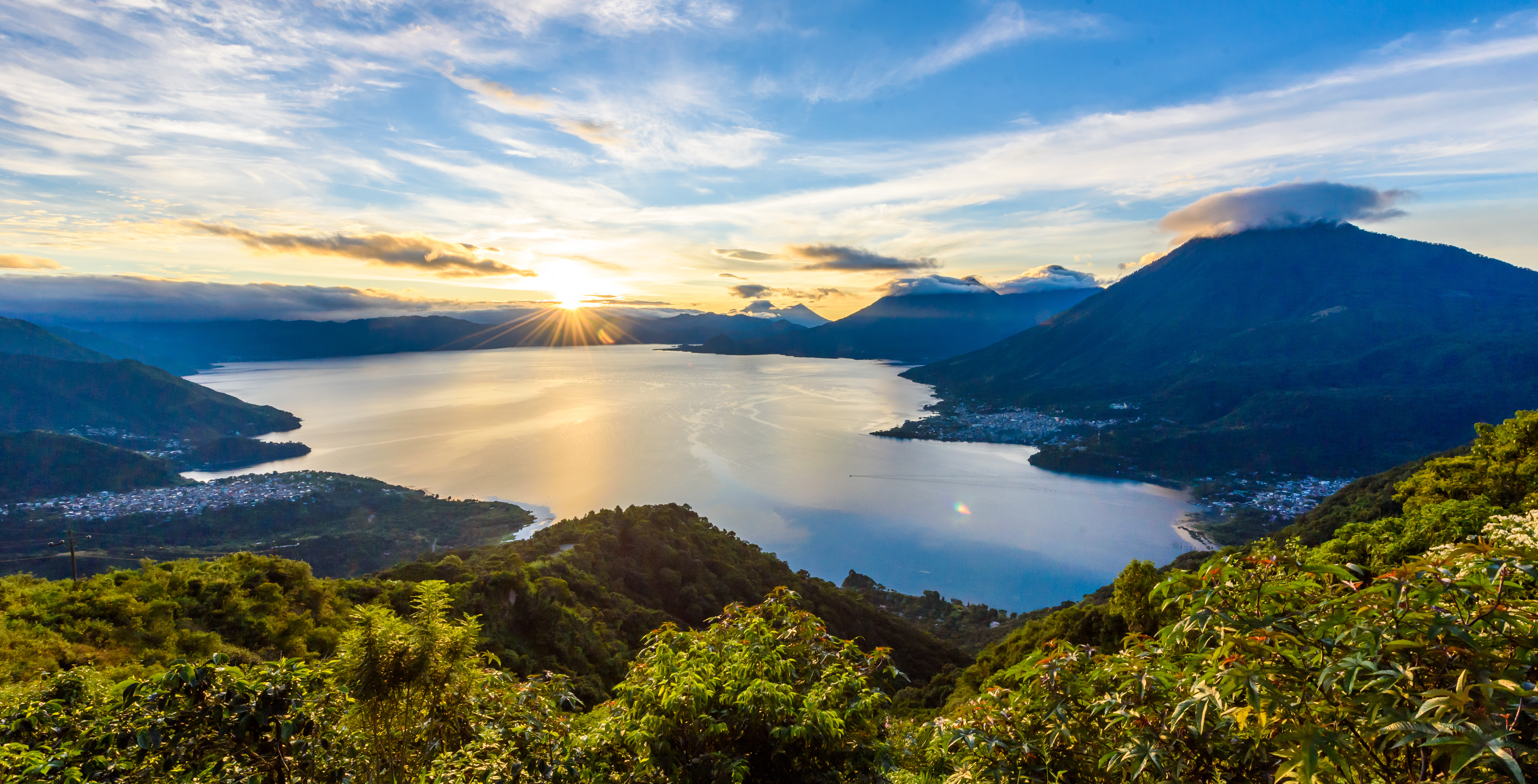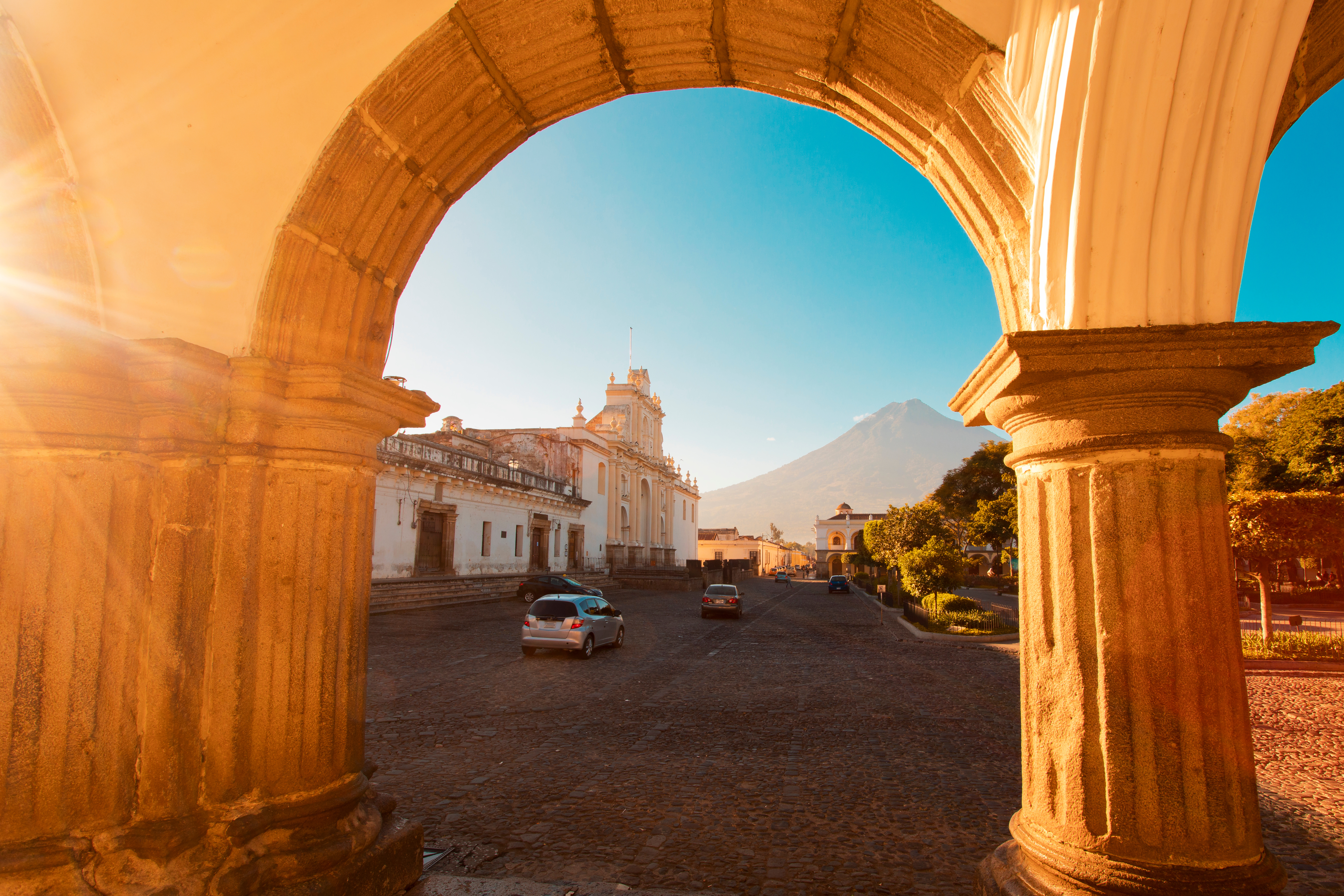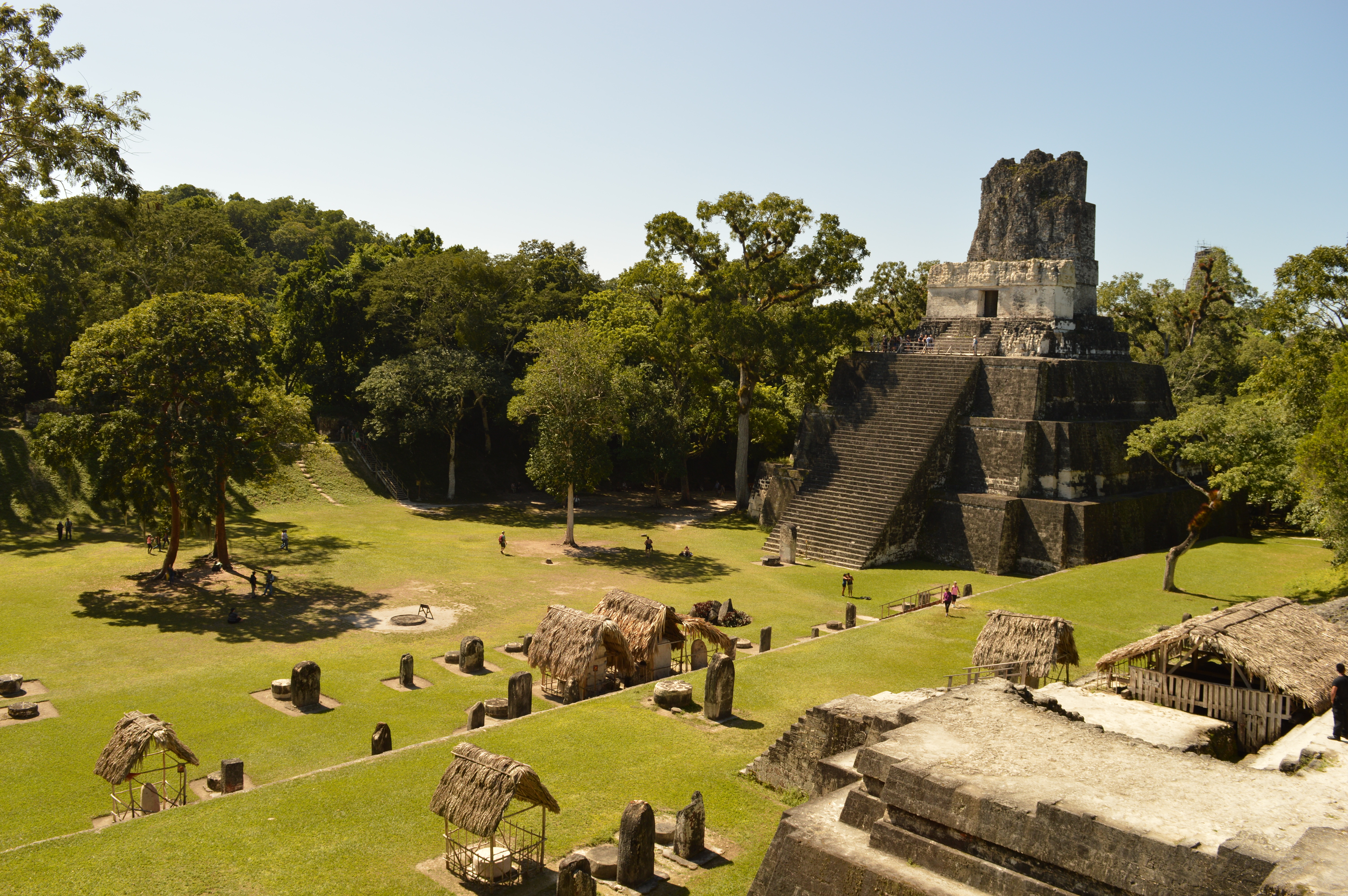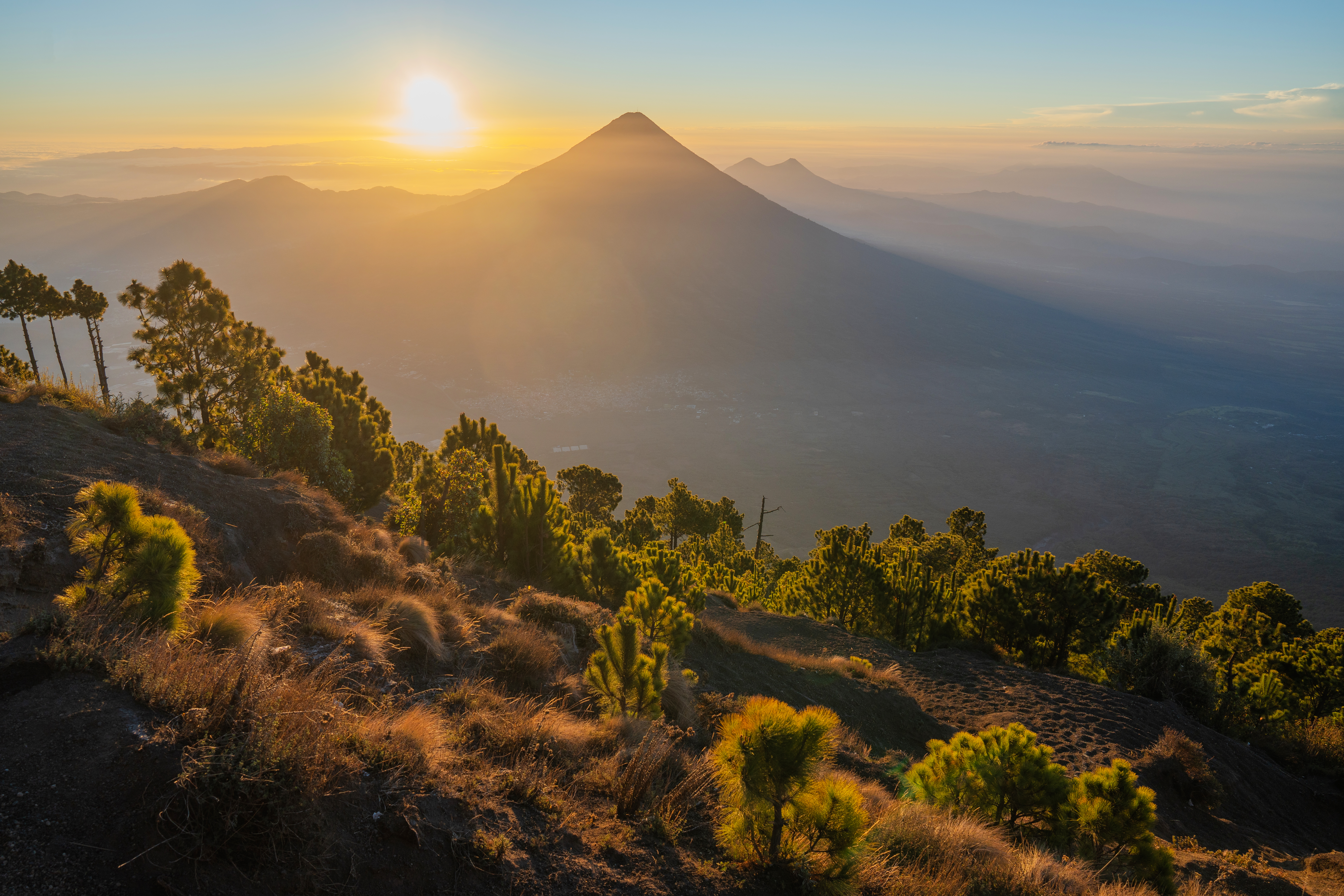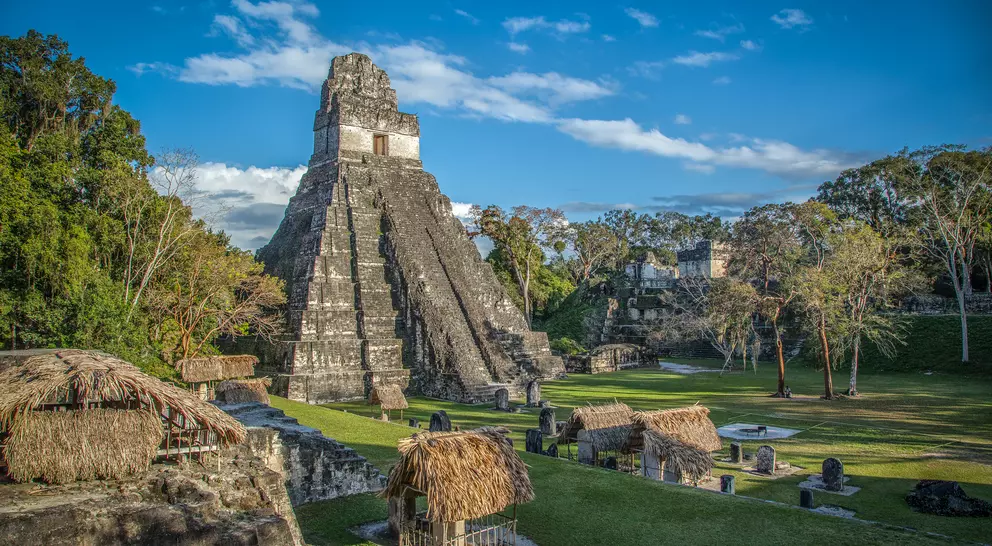US and Canadian citizens do not need a visa for tourist visits of up to 90 days. Your passport must be valid for at least six months beyond your entry date. If travelling to neighbouring Central American countries (El Salvador, Honduras, Nicaragua), note that they share a border agreement, so your 90-day entry applies to the whole region.
Discover Tailor-Made Guatemala Vacations
Discover Guatemala’s rich Maya heritage, lush landscapes, and colourful towns steeped in culture.
Guatemala invites travellers to explore ancient Maya cities like Tikal, stroll cobblestone streets in Antigua, and relax by shimmering Lake Atitlán. From lively markets to soaring volcanoes, its mix of history, culture, and natural beauty offers a journey both enriching and unforgettable.
Featured Highlights
- Explore towering Maya temples deep in the rainforest
- Stroll Antigua’s colonial streets framed by volcanoes
- Relax by Lake Atitlán, ringed with traditional villages
- Experience lively markets filled with textiles and crafts
- Discover active volcanoes and lush mountain landscapes
- Immerse yourself in Guatemala’s living Maya culture
Featured Guatemala Trip Ideas
A journey through Guatemala blends history, nature, and vibrant tradition.Travelling through Guatemala means stepping into a country where ancient Maya ruins rise from dense jungles and brightly painted villages hug volcanic hillsides. Explore the UNESCO-listed city of Antigua with its colonial architecture and lively plazas, then journey to Lake Atitlán, a deep volcanic lake surrounded by traditional villages and mountains. Discover the vast temples of Tikal hidden in the rainforest, where howler monkeys echo through the treetops. Wander through markets brimming with handwoven textiles, savour local flavours, and take in the colours and rhythms of Guatemalan life.
Guatemala In Style: Antigua, Atitilan & Tikal
Guatemala City and AntiguaBest of Guatemala & Belize: Temples & Beaches
Ambergris Caye, San Ignacio, Tikal, Panajachel, and AntiguaGuatemala Escape: Antigua & Tikal
Tikal and AntiguaHighlights of Guatemala: Antigua, Atitlan & Tikal
Tikal and AntiguaDiscover the highlights of Guatemala on this 8-day Guatemala vacation, embarking on nonstop immersive cultural and natural experiences.
Begin with a two-night stay in Antigua, one of the world’s best-preserved colonial cities....
Don't see the
perfect trip idea?
Request a custom quote.
Turn your travel dreams into reality with Goway. Our customized vacations take travellers to all corners of the world.
What do Goway's travellers say?

Get to know Guatemala before you go.
Best Time to Visit
Guatemala offers travellers a tapestry of climates and experiences shaped by its distinct wet and dry seasons. Whether you seek bright blue skies for exploring ancient ruins or the lush vibrancy of rain-fed landscapes, the country’s natural and cultural riches unfold beautifully throughout the year.
The dry season, running from November to April, is the most reliable time for outdoor adventures. With minimal rainfall, you can expect clear conditions for hiking volcanoes, wandering through Antigua’s cobblestone streets, or watching sunsets reflected in Lake Atitlán. This period also aligns with major festivals, giving visitors a chance to engage with Guatemala’s traditions. However, peak tourist times around December holidays and Easter bring larger crowds and higher prices, so booking well in advance is essential.
Travelling in the wet season, from May to October, reveals another side of Guatemala. Afternoon showers transform landscapes into rich shades of green, creating excellent conditions for birdwatching and photography. While some unpaved roads may be affected by rain, quieter sites and lower hotel rates make this a rewarding time to visit. August and September are particularly affordable, though these months coincide with the Caribbean hurricane season, which can send heavy rain to the coast.
A week in Guatemala is enough to explore the highlights of Guatemala City, Antigua, and the iconic Tikal ruins, while two weeks allow for deeper immersion in Lake Atitlán’s villages or wildlife-rich mountain regions. Whatever the season, Guatemala offers an extraordinary mix of culture, landscapes, and encounters that make every journey unforgettable.
What do the experts say?
The Day of the Dead in Guatemala is a great local tradition where people gather to fly giant, intricately decorated kites to honour the dead.
The colourful Spanish architecture, the beautiful scenery, particularly the stunning lakes, and the Mayan ruins are what I love most about Guatemala!
Places To Go
Handcrafted journeys to our most popular places to visit in Guatemala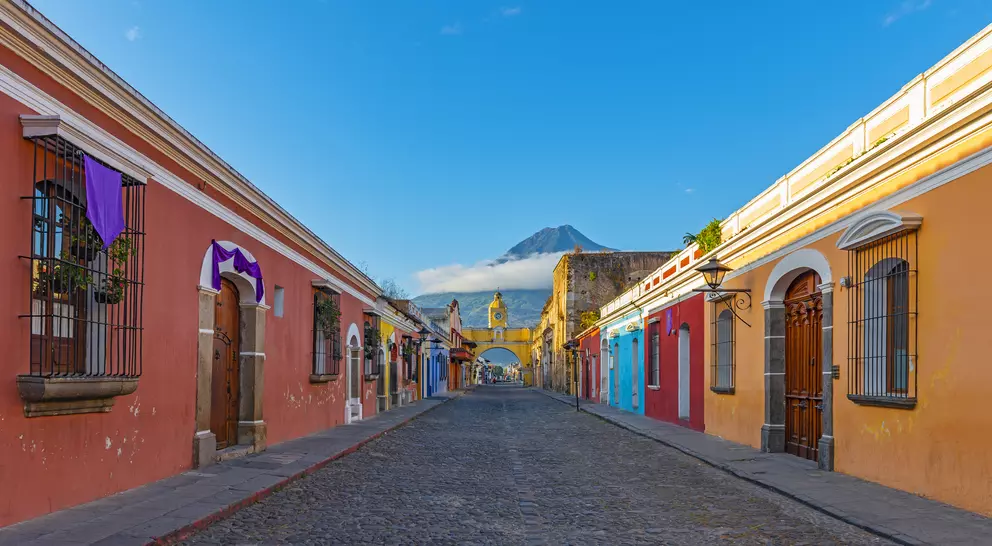
Antigua
Nestled in Guatemala’s central highlands is Antigua, a designated UNESCO World Heritage Site that...
Nestled in Guatemala’s central highlands is Antigua, a designated UNESCO World Heritage Site that is famous on a Guatemala vacation for its colonial ruins and Spanish Baroque-influenced architecture...

Guatemala City
Many a Guatemala vacation begins or ends in Guatemala City, home to the country’s largest airport....
Many a Guatemala vacation begins or ends in Guatemala City, home to the country’s largest airport. Located in the south-central part of Guatemala in a mountain valley called Valle de la Ermita,...

Panajachel
Panajachel is a town in the southwestern Guatemalan Highlands, located on the northeast shore of...
Panajachel is a town in the southwestern Guatemalan Highlands, located on the northeast shore of Lake Atitlán. The town has become popular with tourists on a Guatemala vacation because it provides...
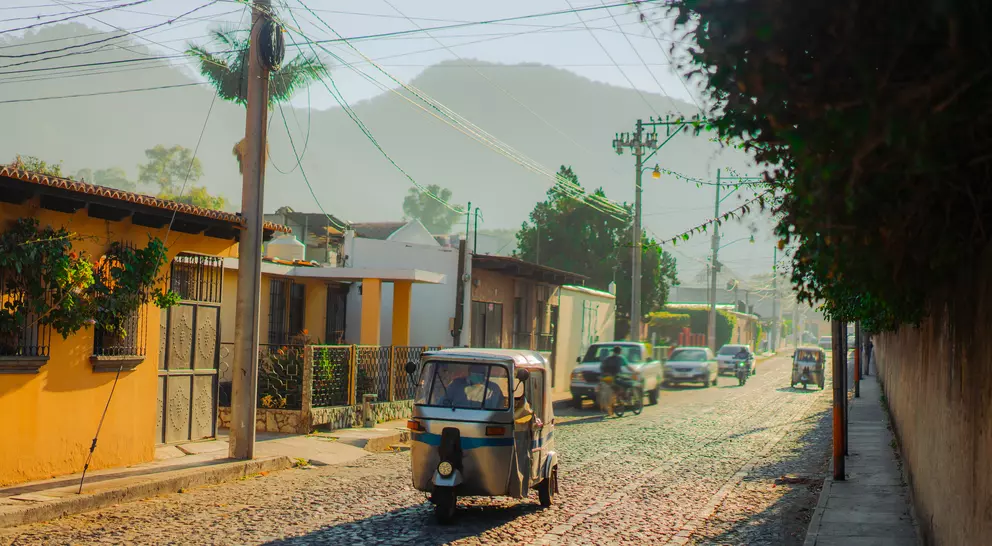
Puerto Quetzal
Puerto Quetzal is Guatemala’s largest Pacific Ocean port and a gateway to the country’s inland...
Puerto Quetzal is Guatemala’s largest Pacific Ocean port and a gateway to the country’s inland wonders. Located in the Escuintla department, the port serves as a stop-off point for cruise liners and...
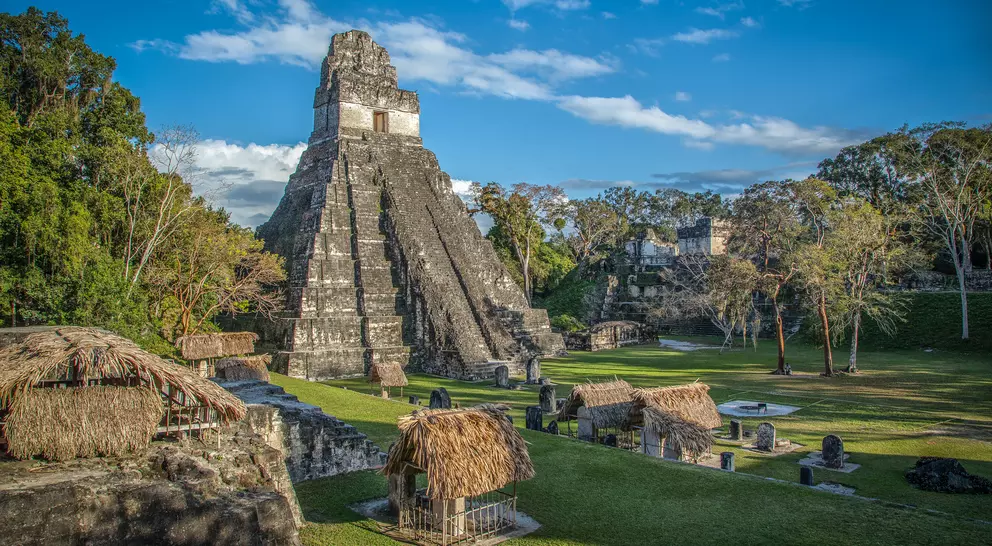
Tikal National Park
Tikal National Park is situated in northern Guatemala in the heart of a jungle and is home to both...
Tikal National Park is situated in northern Guatemala in the heart of a jungle and is home to both the remains of one of the major sites of Maya civilization as well as incredible flora and fauna to...
Travel Styles
Explore Guatemala by Travel Type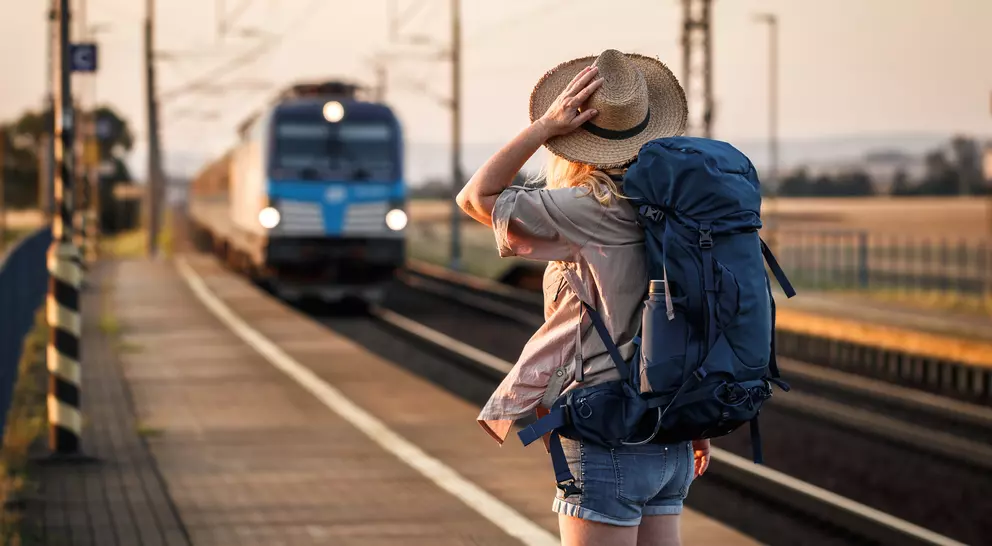
Ways to Travel
Discover your perfect travel style—crafted for every dream and journey.

Themes
Immersive adventures shaped by passion, such as food, culture, wellness, and wild discovery.

Ways to Travel
Discover your perfect travel style—crafted for every dream and journey.

Themes
Immersive adventures shaped by passion, such as food, culture, wellness, and wild discovery.
Frequently Asked Questions
Do I need a visa or special permits to enter Guatemala?
What language is spoken locally? How widely is English understood in Guatemala?
Spanish is the official language. More than 20 Mayan languages are also spoken in Indigenous communities. English is not widely spoken outside of tourist areas, but in Antigua, Guatemala City, and around Lake Atitlán, you’ll find guides, hotels, and restaurants where English is understood.
What are the must-see attractions in Guatemala?
Tikal National Park, with its towering Mayan ruins in the jungle, is a must-see. Antigua charms with colonial streets, baroque churches, and volcano views. Lake Atitlán is surrounded by traditional villages and dramatic landscapes, perfect for hiking, kayaking, or relaxing. Chichicastenango’s colourful market is famous for textiles and crafts. For adventure, hike up Pacaya Volcano or explore Semuc Champey’s turquoise pools.
Is Guatemala safe? What should I keep in mind while travelling there?
Guatemala has areas of concern, but most tourist routes are considered safe when travellers take normal precautions. Petty theft is the most common issue—keep valuables close, especially in markets and on buses. Avoid walking alone at night in cities. Use reputable tour operators and private shuttles for intercity travel. Always check travel advisories before your trip.
What's the best way to travel within Guatemala?
Tourist shuttles and private transfers are the most reliable way to move between destinations like Antigua, Lake Atitlán, and Flores. Local buses, called “chicken buses,” are colourful but often crowded and not always safe for travellers. Domestic flights are available between Guatemala City and Flores for visiting Tikal. Boats are the main transport around Lake Atitlán’s villages.
What Guatemalan cultural customs should I be aware of?
Greetings are polite—handshakes are common, sometimes with a light pat on the arm. Respect for Mayan traditions is important, especially when visiting villages—always ask before photographing people. Bargaining is expected in markets but should be done respectfully. Modest clothing is appreciated in rural areas, even if cities are more relaxed.
What should I wear/pack for Guatemala's climate?
Guatemala is called the “land of eternal spring,” but temperatures vary by altitude. In Antigua and Lake Atitlán, days are warm and evenings cool—layers are key. In the lowlands (like Tikal), it’s hot and humid, so pack lightweight clothing, insect repellent, and sunscreen. Comfortable walking shoes are essential for ruins and cobblestone streets. A rain jacket or umbrella is useful during the wet season (May to October).
Unlock more by subscribing to our newsletter
With our newsletter, you’ll get access to regular communications that inspire you and help you explore the world your way
